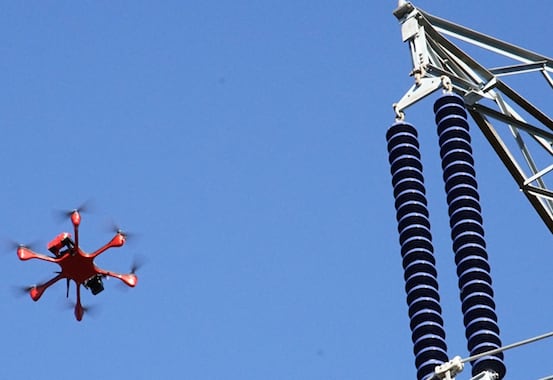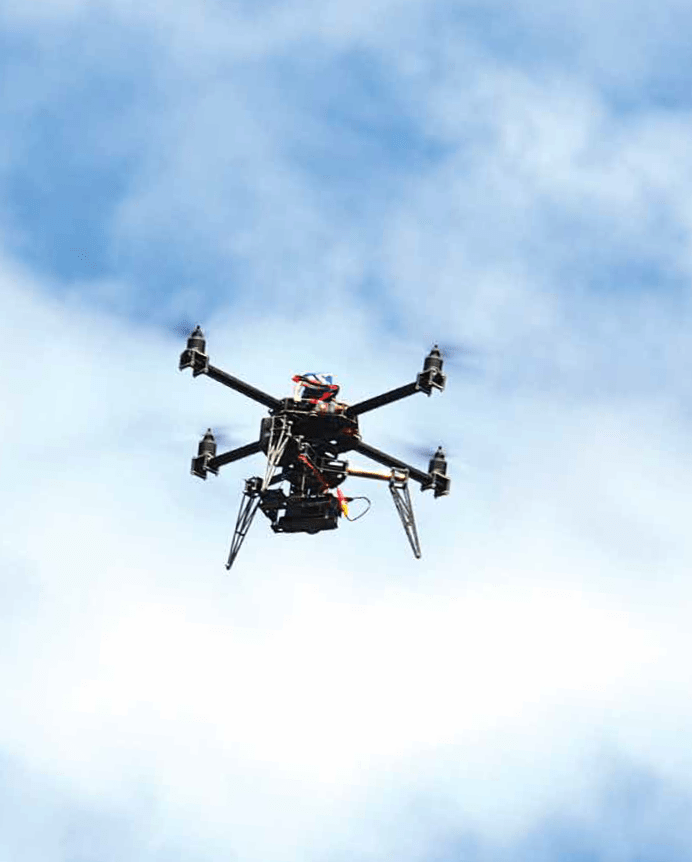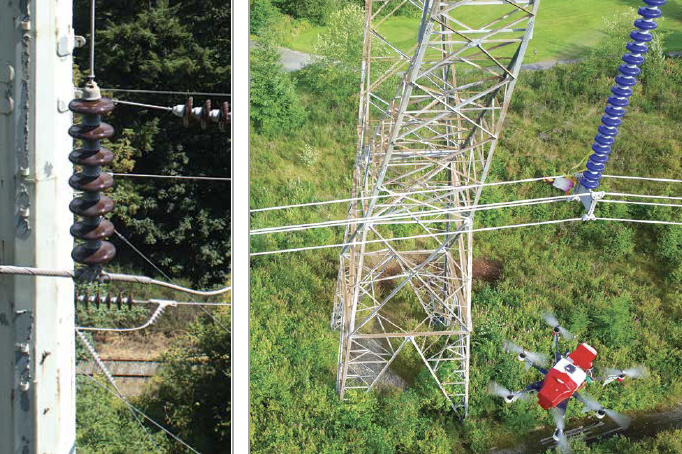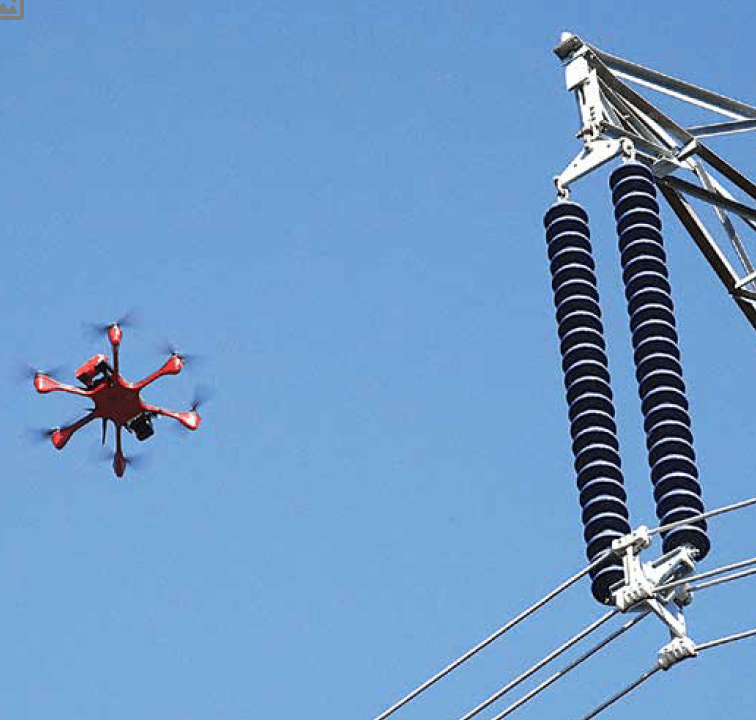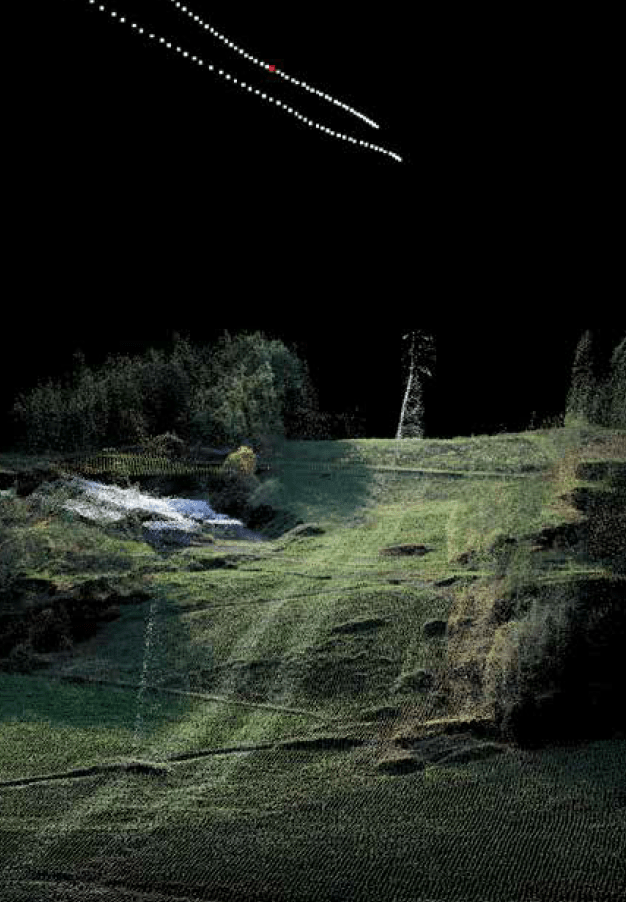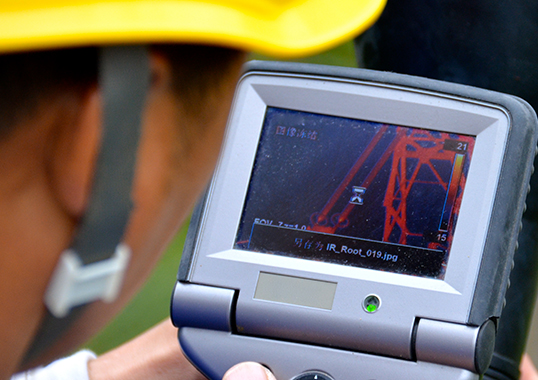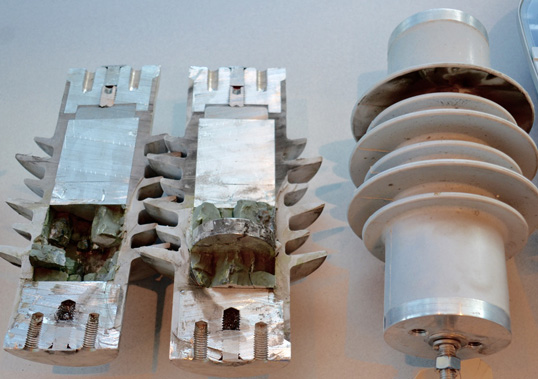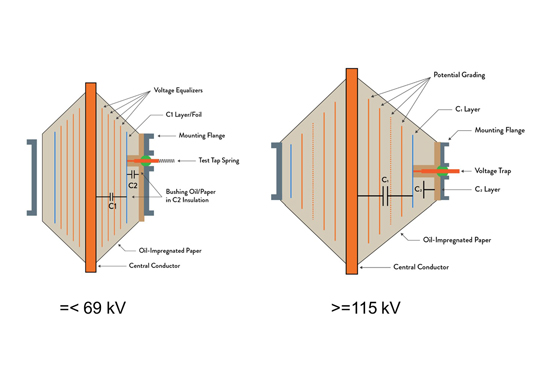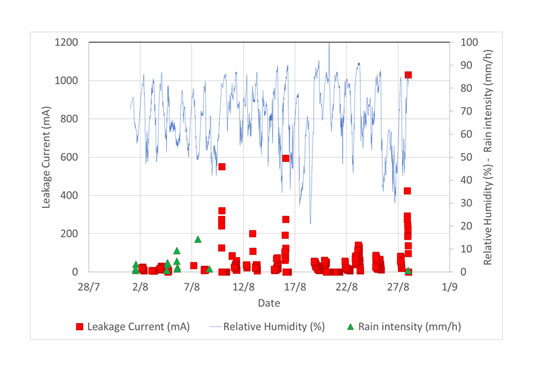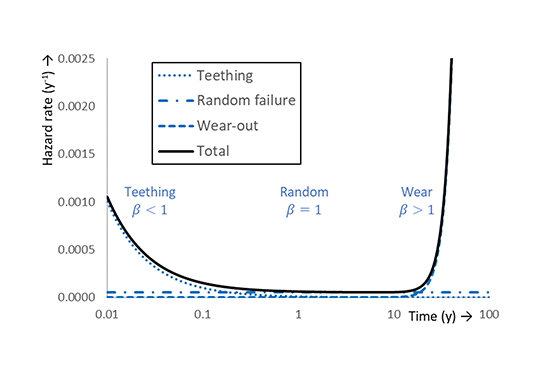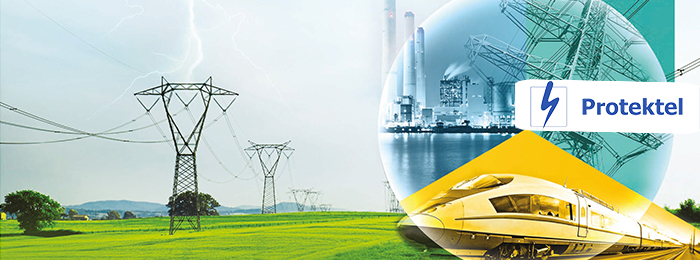Perhaps the major constraint to the burgeoning growth of unmanned aerial vehicle (UAV) technology is governmental oversight to ensure their expanded use does not pose risks to civil aviation or the public. Fortunately, new rules from the FAA make it legal, safe and even potentially valuable to deploy these across a wide range of power industry applications.
This INMR article from 2017, contributed by UAV entrepreneur, Ike van Cruyningen, looked at how recent new rules in the U.S. have shaped more opportunities for UAVs in the power sector, with recognition that similar processes are also underway across the globe.
Recent Federal Aviation Administration (FAA) rules make it simpler and less costly to use UAVs in all aspects of power utility operations, e.g.:
• inspecting towers and poles, substations, cooling towers, stacks, wind turbines & solar power facilities;
• identifying right-of-way incursions;
• surveying planned new lines & facilities;
• performing attachment surveys on towers and poles;
• hoisting fall arrest ropes for climbing inspections;
• stringing pilot lines for guy wires, conductors or shield wires; and
• providing security photos from new angles.
These recent FAA rules have aimed to balance the flexibility requested by the drone industry with safety requirements for manned aircraft and people on the ground. To summarize the lengthy ruling: “After passing an aeronautical knowledge safety test, a person may fly a small UAS within line of sight below 400 feet in Class G airspace, not over people, during daylight”. The aeronautical knowledge training, in this case, focuses on safety aspects, including
1. UAV preparation & checklists;
2. reading aeronautical charts & notices to airmen;
3. understanding different classes of airspace;
4. deciding whether or not to fly based on weather;
5. crew & maintenance procedures; and
6. managing abnormal or emergency situations.
Preparation courses are available at flight schools across the country or on-line for licensed pilots at: www.FAASafety.gov under Part 107 Small Unmanned Aircraft Systems). ‘Small’ in this case refers to less than 55 pounds (25 kg) total up weight, which is sufficient to cover most UAVs normally used in power utility applications.
Referring to them as ‘Unmanned Aircraft Systems’ (or UAS versus UAV) is based on recognition that a ground control station must work together with the aerial vehicle to ensure safe and complete control. With these rules, it becomes practical to train most line workers to use UAS in routine daily tasks. As such, they become yet another tool in the work truck – a convenient methodology to inspect a structure without climbing, calling for a bucket truck or hiring a helicopter.
Note that the UAS rules are primarily safety training since, unlike for manned aircraft, they do not require demonstrating piloting skill for an airframe. The rules have been designed such that, if followed, the user is unlikely to impact others or adjacent property. However, longevity of a UAS will clearly depend on operator skill. Some will inevitably crash as piloting skills are developed.
In this regard, it is also worth emphasizing that piloting a UAV close to fixed structures is far more challenging than flying in open air. Instead of simply veering off course, any mistake or sudden wind gust can send the UAV into a structure with potentially serious consequences. Piloting near towers, lines and stacks therefore requires:
• high hand-eye coordination;
• much orientation practice (e.g. when the UAS is flying away one must push right to go right but when it is flying towards the operator one must push left to go right);
• quick reflexes to recover from wind gusts;
• high degree of depth perception to discern narrow tower and line components.
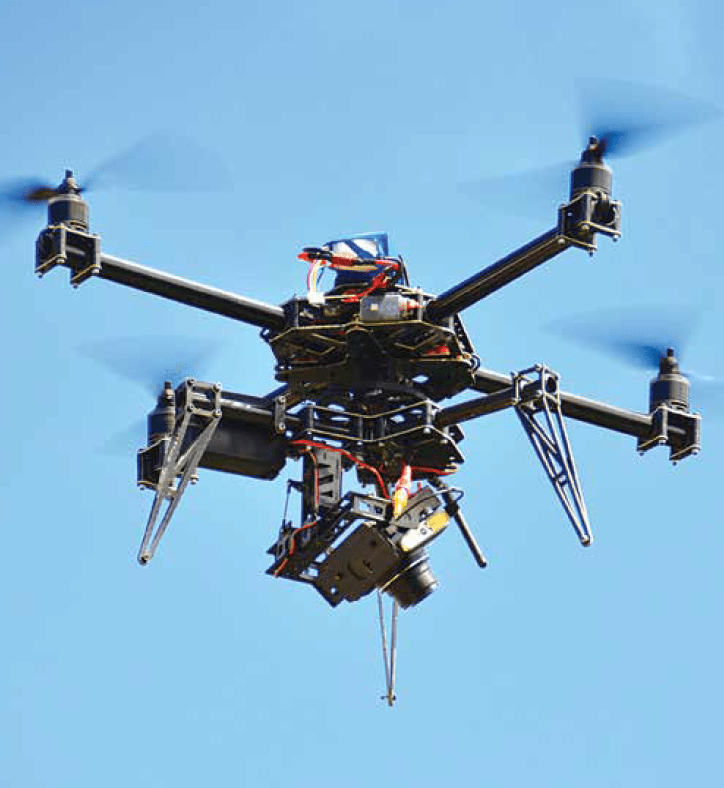
The first two can be mastered with practice, while handling wind gusts can be managed by flying further from towers and lines, i.e. with safer standoff distance. Depth perception is a challenge even for talented pilots. Operators with excellent eyesight may still find it impossible to distinguish a 1 in. (2.5 cm) phase conductor at 50 ft. (15 m) from a 2” in. (5 cm) conductor at 100 ft. (30 m). UAS pilots with decades of experience often prefer to work with a spotter at right angles to tell them how close they are flying to lines and towers. A first person view camera mounted on the UAS provides a better perspective but safety regulations require two to fly—one the pilot and the other to sense and avoid obstacles.
The new generation of self-driving drones will help eliminate need for precise piloting. One vendor, for example, markets a UAS that accurately measures a tower or line in-situ, plans the flight and flies automatically. Passing FAA safety training is sufficient to operate this system. Generally, the higher the level of automation and ease of use, the more broadly a UAS will be used and therefore the greater its value.
Two extensions to FAA rules will prove particularly valuable to the utility industry since they allow an additional 400 ft. (circa 120 m) of airspace around and above structures. The rationale here is that manned aircraft should not be flying this close to structures. This makes it legal and efficient to fly right-of-way inspections at about twice the height of towers, looking for any incursions. It also permits UAS inspections of tall towers at road, rail, or river crossings, smoke or flare stacks and cooling towers.
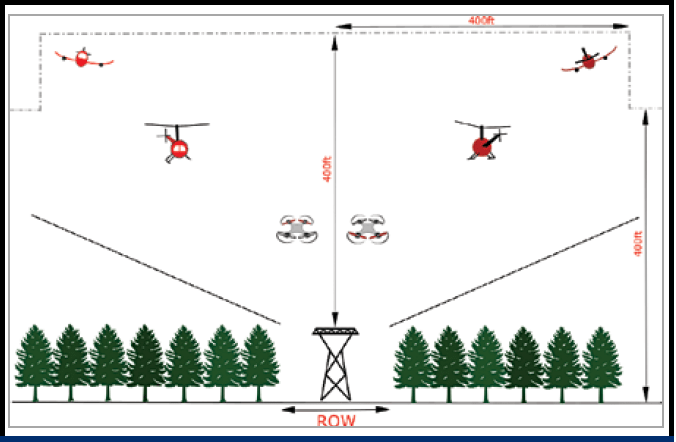
CLICK TO ENLARGE
The recent rules also allow the pilot-in-command to be in a moving ground vehicle in sparsely populated areas and this will be valuable for rapid inspection of distribution poles and transmission towers. A UAV is very good at inspecting the tops of towers with optical, UV or thermal cameras as well as ultrasound or RFI sensors. These are all non-contact, remote sensors. However, foundation and structural integrity checks for corrosion in steel or rot in wood require contact with the structure. A ground crew could efficiently perform structural checks and later drive to the next pole or tower while the pilot flies the UAV from tower to tower.
The new rules also represent a major step forward from the previous Section 333 exemption process. It is no longer necessary to be a licensed manned airframe pilot or to have a visual observer or file flight plan notices. The restriction to Class G airspace (away from airports) is not onerous for most utility facilities and the restriction not to fly over populated areas is simple common sense. At the same time, the FAA now shows great flexibility in still allowing exemptions to the rules, provided the applicant can show their planned operations will be safe for manned aircraft and the public. Two UAS vendors specialize in long range, beyond line-of-sight flights along utility lines and make use of the Section 333 exemption process to get permission for these. Similarly, utilities wishing to see and measure corona discharge with night flights can also request special permission.
However, storm damage assessment is still restricted to line-of-sight flights since the Section 333 exemption and the required notification step must be done ahead of time. The ideal longterm scenario for such an application is therefore to have a UAS at each substation and simply launch these to fly lines after a storm, reporting on the location of any damage. With a sufficient base of safe flights and experience, utilities might even obtain permission for these ad hoc beyond line-of-sight flight plans. A key component here would be a hardware geofence, which measures the 50/60 Hz electric field strength in flight. If field strength falls below a preset minimum, the UAV is forced to drop, descend or return. This constrains the UAV to a virtual tunnel around lines and eliminates flyaway risk due to failure or spoofing of either the GPS, the radio link or control software and hardware.
Even further out, but with great potential benefit to power utilities, is to convert right of way maintenance from an expense to a revenue source. Routing UAV deliveries along power line rights of- way is safer than along roadways. The 50/60 Hz electric field can even be used to provide navigation guidance as well as a hardware geofence to reliably guide and constrain UAV flights. Since the FAA rules provide additional airspace around lines to minimize UAV congestion, it may be time to clearly establish details of these easements.

